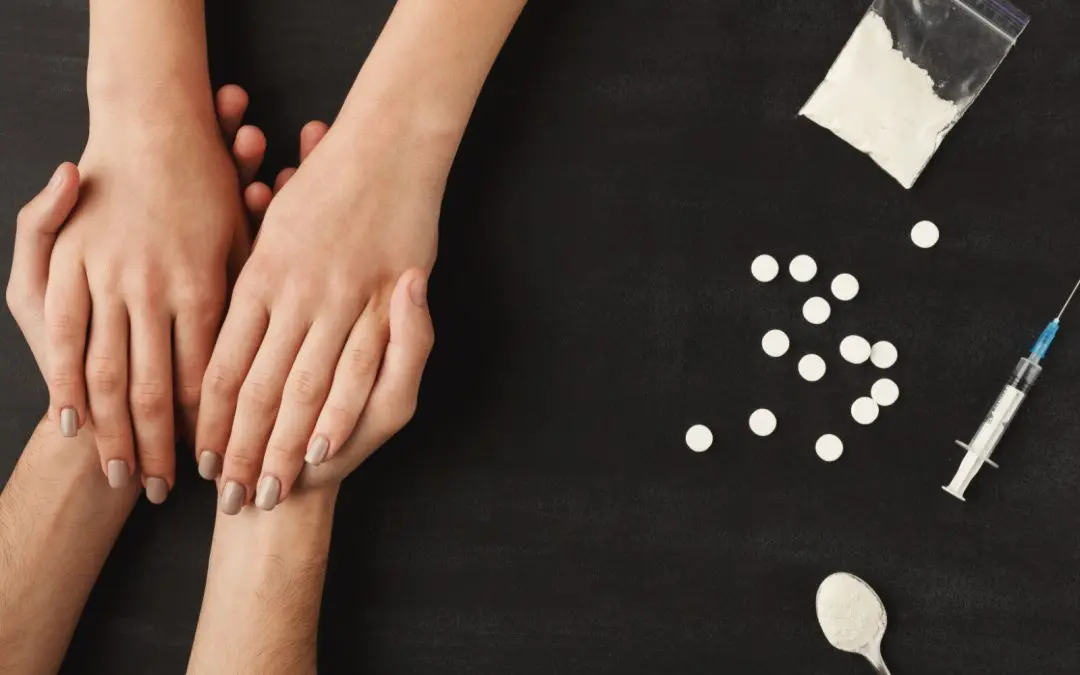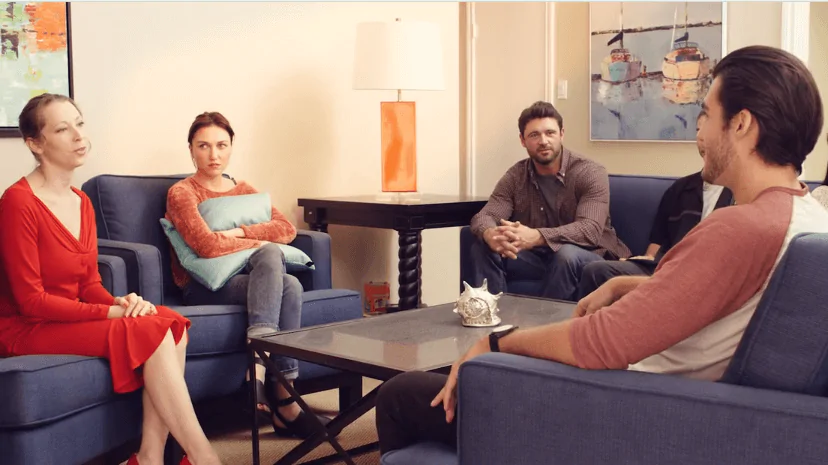24/7 Helpline:
(866) 899-221924/7 Helpline:
(866) 899-2219
Learn more about Codeine Rehab centers in Armona
Codeine Rehab in Other Cities

Other Insurance Options

PHCS Network

American Behavioral

Multiplan

Sutter

Optum

Providence

Self-pay options

Covered California

Aetna

Optima

Absolute Total Care

BlueCross

Excellus

ComPsych

Regence

UMR

Anthem

Highmark

GEHA

United Health Care








Champions Recovery Alternative Program
Champions Recovery Alternative Program is a private rehab located in Hanford, California. Champions ...

WestCare – Y Max Adolescent Outpatient
WestCare - Y-Max Adolescent Outpatient offers outpatient treatment for adolescents with alcohol and/...

WestCare – Earl F. Johnson
WestCare - Earl F. Johnson offers outpatient treatment for adolescents with alcohol and/or substance...

Family Resource Associates
Family Resource Associates is a private rehab located in Stratford, Connecticut. Family Resource Ass...

Recovery Network of Programs
Recovery Network of Programs is a private rehab located in Stratford, Connecticut. Recovery Network ...




Santa Rosa Rancheria
Santa Rosa Rancheria is a public rehab located in Lemoore, California. Santa Rosa Rancheria speciali...

WestCare – Kings Lake
WestCare - Kings Lake offers outpatient treatment for adolescents with alcohol and/or substance addi...

WestCare – Sierra Pacific
WestCare - Sierra Pacific offers outpatient treatment for adults with alcohol and/or substance addic...

Champions – Hannah’s House
Hannah's House is a private rehab for women located in Hanford, CA. Hannah's House specializes in th...

Kings View Community Services
Kings View Community Services, in Hanford, California, provides outpatient mental and behavioral hea...

Organization for Recovery – Cherry Hill
Organization for Recovery is a private rehab located in Stratford, NJ. Organization for Recovery spe...



















